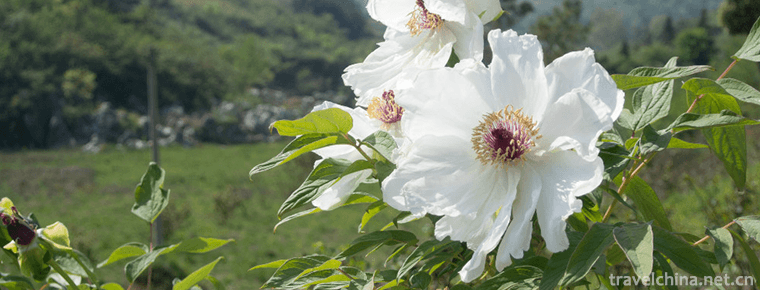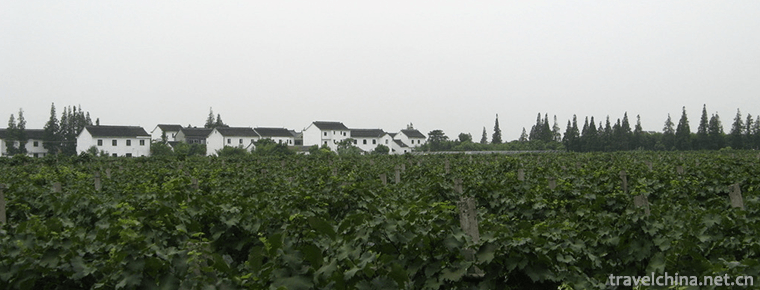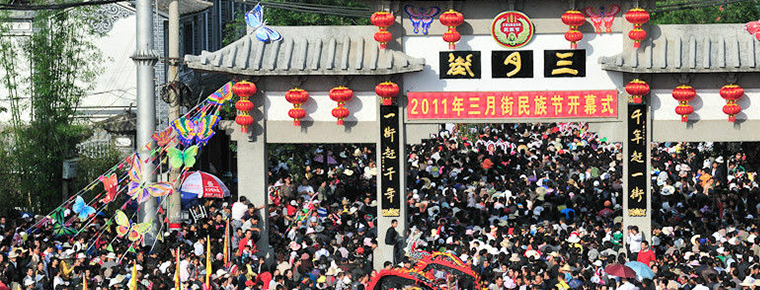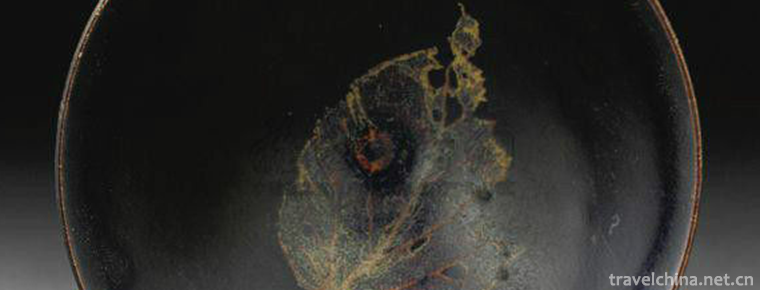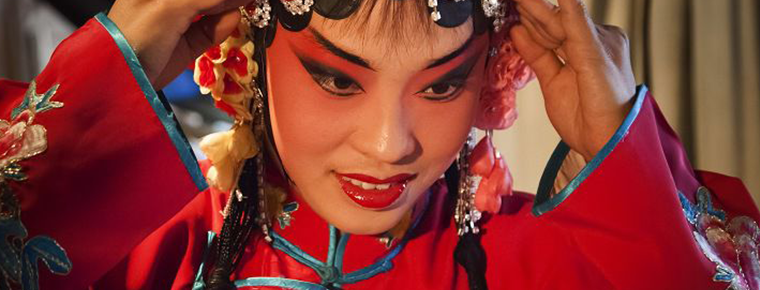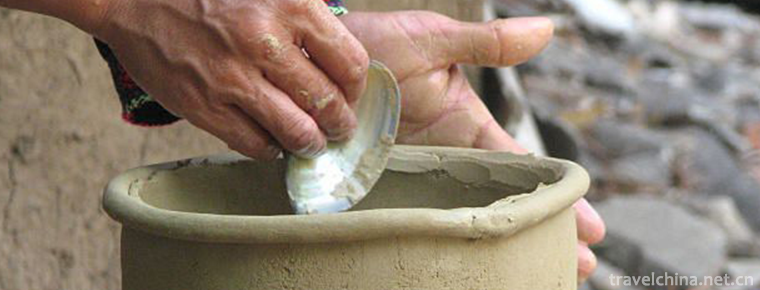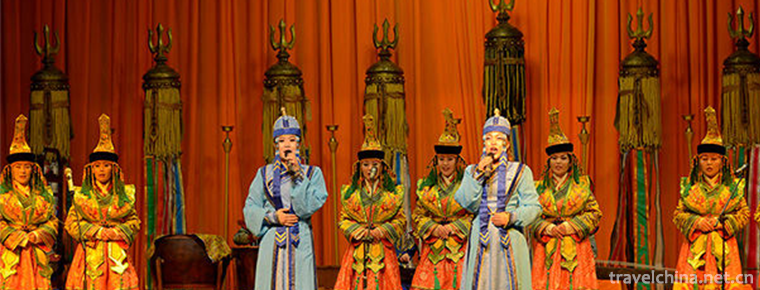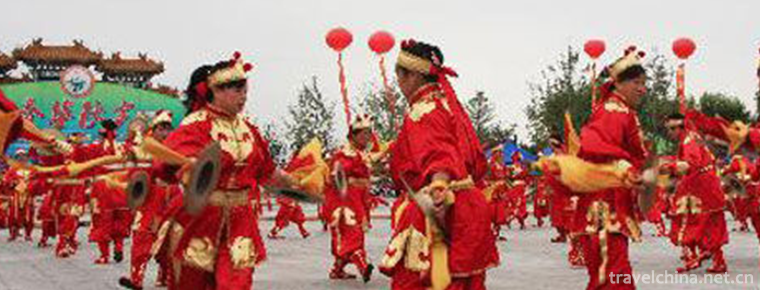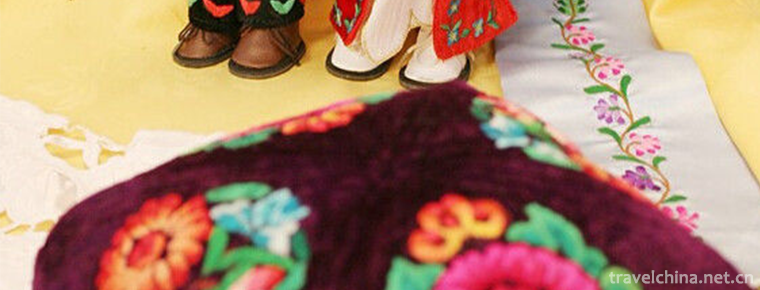Sing the news
Sing the news
Singing news is a traditional local opera popular in eastern Zhejiang, especially in Fenghua, Beilun, Zhenhai, Yinzhou and Xiangshan. Singing news has a long history, about a hundred years ago. In the Southern Song Dynasty, there were blind people singing "Hao Bao" (official news), which later evolved into singing social news.
On May 23, 2011, the "Singing News" declared by Xiangshan County of Zhejiang Province was listed in the third batch of national intangible cultural heritage list with the approval of the State Council.
historical origin
produce
One way of saying is that singing news originated in the late Ming Dynasty and evolved from the official news of singing "Chao Bao". Legend has it that in the old days, people were less literate, and official laws, obituaries, notices, etc. even if they were posted in prominent places, they saw less, understood less, and conveyed poorly. Some wise people have come up with a way to bring together River and lake artists, especially blind artists, to add tunes to the official news and select people to sing in a lively place. However, if the solo news is not attractive enough or the performance time is not long enough, the artists will compile popular stories into paragraphs and sing them in front of the news.
Development
Another argument is that singing news developed from rural farmers singing "Tiantou Mountain Song" when they were working.
Historical evolution
Singing news is a popular type of social news in eastern Zhejiang, especially in Yinzhou, Zhenhai, Beilun, Fenghua and Xiangshan of Ningbo. Blind artists are handed down from generation to generation, and the specific age is difficult to check. It was popular in Zhenhai for more than one hundred years.
In the 1950s, there were about forty or fifty artists engaged in news singing in Zhenhai District, mostly blind. Among them, the more famous rappers are Yan Meifang, Gu Ahuo and others. The content of their singing is some ancient and modern stories and popular tunes circulating in the streets and lanes of Zhenhai. When singing, the artist holds a drum pole and Gong pieces in his right hand, carries a gong in his left hand and a small drum on his leg. While singing, he taps drums or gongs rhythmically with drumsticks or gongs.
Before liberation, singing news was a very cheap profession. Blind artists had to walk the streets and cross villages to sing. They categorized the forms of singing: singing a few songs and short books in the courtyard of the residential wall, pocketing a few money, called "singing gate head"; singing for passengers on the ferry boat, called "singing boat head"; singing at the opening of the fair, called "singing lamp head"; singing big books, relatively high level, into the bookstore, called "singing ground", only a few artists have "singing ground". This treatment.
artistic characteristics
content
"Singing News", also known as "Three North News", evolved from singing the official news of the "Hamburg".
Later, they mainly sing social news. They usually perform in sunning grounds, streets, temple fairs and wharfs. According to different places, they call singing halls, lights, doors and boats respectively. The accompaniment is also very simple, just a small gong, a flower drum or a big cake drum, a board can be.
The content of news is mostly ancient and modern stories and popular tunes circulated in local streets and lanes, singing in local slang. While singing, the artist holds a drum pole and Gong pieces in his right hand, carries a gong in his left hand, and holds a small drum on his knees. While singing, he taps the drum shell or Gong rhythmically with a drum mallet or Gong piece.
form
Its singing forms are as follows: first, singing doorways, that is, singing a few ditties along doors, similar to begging; second, singing a paragraph or a time in the public courtyard and the open hall, carrying a few dollars; third, singing boats, which are more popular in the water network area, selling them in day and night boats; fourth, singing lamp heads, singing at temple fairs and fairs; fifth, singing halls, which are able to sing big books and relative water. Pinggao folk artists sing in the bookstore, but few.
Most of the news is sung by one person, but also by two people. Its accompanying instruments include drums, gongs and bamboo slabs. News bibliography can be divided into two categories: one is small bibliography, also known as the opening book, such as "Bachelor Tune", "Health Care", "Tour the Wharf" and so on, but also useful minor singing social news. The other is a large bibliography, also known as the master book, including "Three Counties and Trial", "Broken Mandarin Duck", "Nail Shoes" and so on.
Inheritance significance
Singing news has been compiled into Ningbo Quyi Chronicle published by Ningbo Publishing House in 1998 and Ningbo Traditional Quyi Works Selection published in 2006 (Comprehensive Quyi Volume). "Singing News" props simple, a flower drum, a gong, singing venue without any restrictions; most artists are blind, the cost of performance is very low, the content of singing is popular news and stories; the lyrics are pure slang, so it is very popular. But its inheritance is not so optimistic. Inheritance in protection and innovation in inheritance should not make "singing news" a "singing feat".

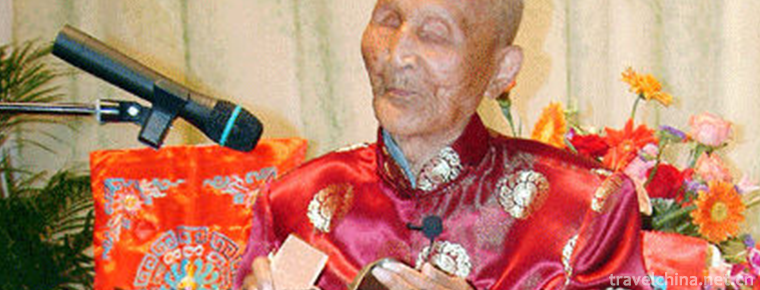
-
Yashan Huahai Stone Forest
Yashan Huahai Stone Forest Tourist Area, located in Nanling County, Wuhu City, Anhui Province, is one of the important scenic spots in Anhui's "two mountains and one lake" tourism economic c.
Views: 160 Time 2018-12-20 -
Linhai Qishi Scenic Area
Linhai Qishi Scenic Area is located in Tangwanghe District, Yichun City, Heilongjiang Province. Scenic area covers 190 square kilometers. It is a new eco-tourism area and National Geological Heritage .
Views: 186 Time 2019-01-30 -
Malu Grape Theme Park
Malu Grape Theme Park is located in Malu Town, Jiading District, Shanghai. It is a grape industry base and agricultural tourism demonstration site that integrates grape planting, production, scientifi.
Views: 116 Time 2019-02-06 -
March Street Dali
"Yuejie", or March Street of Dali, also known as "Guanyin City, also known as the March Meeting of Dali, today also known as the National Day of March Street, is a grand festival and st.
Views: 197 Time 2019-04-23 -
Firing Techniques of Jizhou Kiln Ceramics
Jizhou kiln is a treasure of the traditional Chinese ceramic crafts. As a world-famous comprehensive ceramic kiln in Jiangnan (Ji'an, Jiangxi), it has strong local style.
Views: 140 Time 2019-05-05 -
Jin Opera
Jin Opera is Shanxi Bangzi, an important drama in northern China, also known as Zhonglu Opera, Chinese traditional opera. It was named after Fenyang, Xiaoyi, Qixian, Taigu and Taiyuan, which sprang up.
Views: 176 Time 2019-05-07 -
Primitive Pottery Making Skills of Li Nationality
The primitive pottery making technique of Li nationality, the traditional handicraft technique of Changjiang Li Autonomous County, Hainan Province, is one of the national intangible cultural heritages.
Views: 181 Time 2019-05-13 -
Mongolian Khantin Music
The most important component of Mongolian traditional music is court music, which is Mongolian Khan music. Successfully selected into the fourth batch of national intangible cultural heritage list..
Views: 111 Time 2019-06-03 -
Prince Wuwuwu quarrel
Prince Wujiaozi is one of the unique traditional folk dances in Beijing. It integrates entertainment, fitness and performance. Wujiaozi has a strong style, rough style, relaxation and generosity. Part.
Views: 130 Time 2019-06-18 -
Uygur Embroidery
Embroidery is one of the most representative decorative techniques in Uygur costumes in China. Whether it is Uygur clothes, skirts, shoes, hats and beds, the interior decorative articles adorn the exq.
Views: 169 Time 2019-06-26 -
Legend of Yongding River
Yongding River legend is one of the local folklores in Beijing. Among many legends, the legend of river blocking is representative; the legend of Shijing Mountain and Shijing Mountain; the legend of b.
Views: 123 Time 2019-07-14 -
Tiantai Mountain in Qionglai
Tiantai Mountain Scenic Area in Qionglai is located in the southwest of Qionglai City, the hometown of Wenjun. It is the habitat of Sichuan Giant Panda. It is 110 km away from Chengdu City and 45 km away from Qionglai. .
Views: 193 Time 2020-11-05
